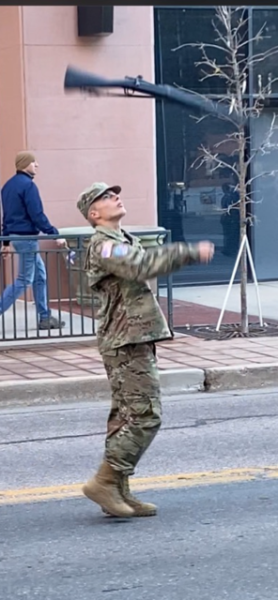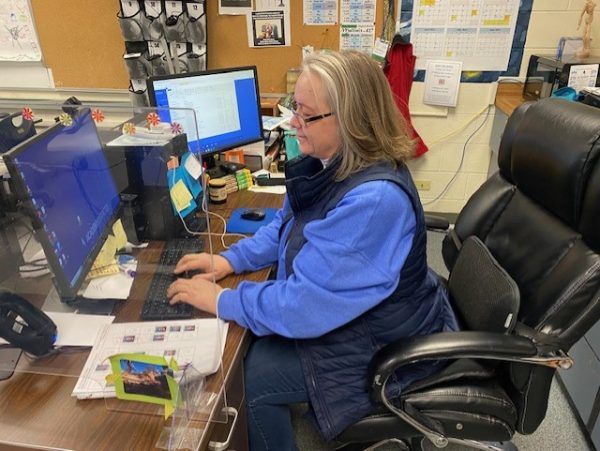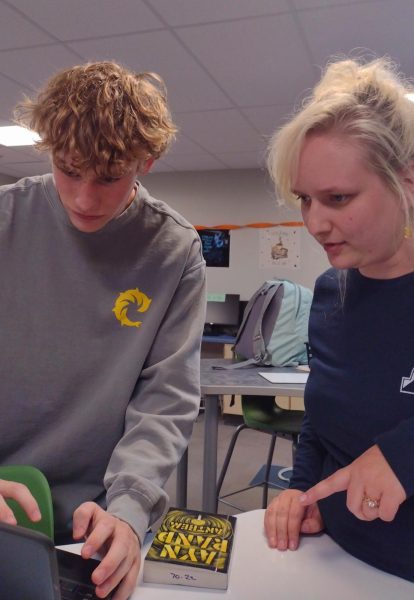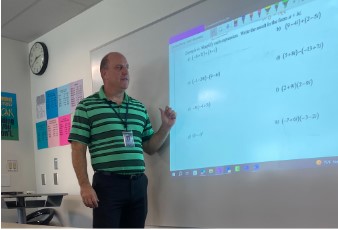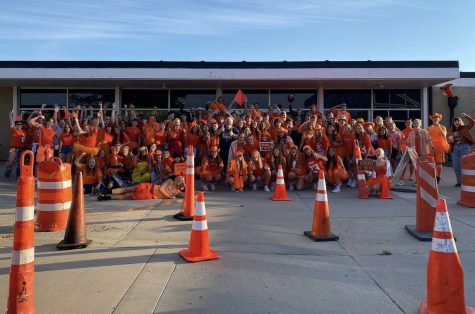What’s Really Happening with that Black Hole Photo?
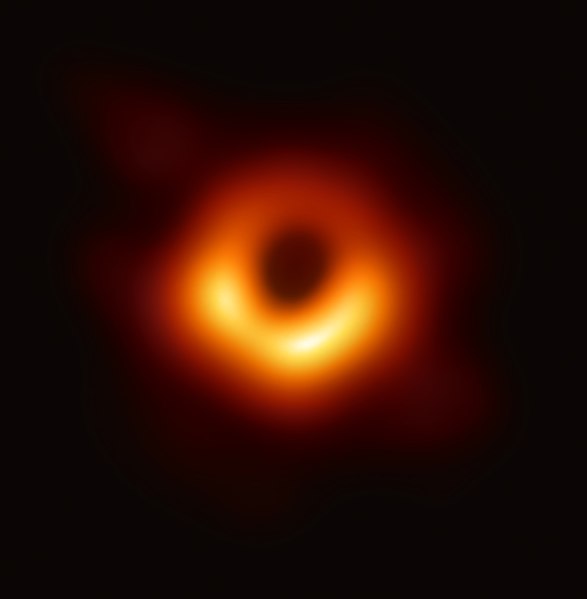
How can we see something that can’t be seen? Image labeled for reuse by Wikipedia
A black hole is the aftermath of an incredibly large star that has collapsed due to an incomprehensible amount of gravity. Gravity so great, it broke past barriers of electrons and neutrons to form a highly dense anomaly in the universe, with such a powerful pull that not even light can escape.
…
Wait, if light can’t escape a black hole, then how were astronomers able to capture an image of it?
Sagittarius A is the name of the black hole whose image was captured for the first time in human history. Located nearly 26,000 light years away, getting an image of it was no easy feat. Yet, somehow, astronomers were able to capture an image of the massive celestial body.
Except, they didn’t. When you look at the photo of Sagittarius A, you’re not seeing the black hole, you’re seeing the outline of the black hole. What the hole actually is is a complete absence of anything. The center of the photo is completely empty. Let that sink in.
The light surrounding the hole is comprised of many different wavelengths of light which are normally invisible to the human eye, excluding gamma rays. Due to Hawking Radiation, the decay of black holes, a black hole emits a massive amount of gamma radiation. If astronomers had used gamma radiation in the photo, it would have looked like a massive blob of light.
So how did NASA take a photo of a black hole anyway? Simple, by turning the Earth into a giant telescope. In the world of telescopes, the larger the telescope, the more it can see. However, seeing an object that doesn’t emit light and lives thousands of light years away would obviously require an extremely large telescope, one so large, it would have to be the size of the Earth.
Which is impossible.
Luckily, scientists across the globe set up satellite disks at strategic points in multiple countries, all directed at the black hole. This created a telescope-like network that could create an image of the black hole from afar at many different angles and attempt to map out the image.
Then there was the issue of a possible failure. Seeming as NASA wasn’t really making an Earth-like telescope, they wouldn’t really be able to see the black hole with their own eyes, only an image that had been created by a network of satellite dishes. So the possibility that the dishes would create a false image was plausible.
To ensure that the resulting image was accurate, the astronomers made predictions using mathematics and preexisting knowledge of black holes to predict what the image should look like. If the image that the satellite dishes formed resembled that of the astronomer’s predictions, they could be confident that the image they witnessed would be accurate.
So, when viewing the black hole photo, keep in mind that you’re among the first humans to ever have witnessed such an anomaly. An image using light that humans can’t even see, and it’s all thanks to a bunch of satellite dishes and mathematicians.



